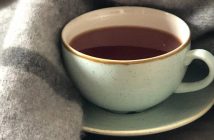Since about 2700 BCE in China, tea was used for medicinal purposes. It was only around 3rd century CE that it became a daily drink, thus giving rise to tea cultivation and processing, and China’s famous tea culture.
As a tea lover myself, I was surprised when I learned that all tea comes from the same source: the Camilla Sinensis shrub. Teas can be categorized into a couple of different groups based on processing methods.
- Green tea is the most popular variety of tea in China. Raw tea leaves are heated, rolled and dried without fermentation.
- Black tea (known in China as red tea), the most popular form of tea consumed in South Asia and the West, are made from fully fermented tea leaves.
- Pu’er tea’s processing includes both fermentation and then aging, or prolonged storage, under high humidity, giving it an earthy flavor.
- Oolong tea can be considered a mix of green and black tea due to the partial fermentation of tea leaves.
- White tea is made from young tea leaves that are picked shortly before the buds have fully opened.
- Scented teas are made by mixing various flowers and petals with a base tea, such as green tea. Jasmine tea is the most popular type of scented tea in northern China.
Teas are ubiquitous in Beijing and various kinds can be found in just about every food store you go to. If you’re looking to specifically go tea shopping and experience the city’s tea culture, the following are worth checking out.
Maliandao Tea Street
Maliandao Tea Street is a large-scaled market for tea wholesale and retail. It offers hundreds of varieties of tea, as well as tea ware sets and other handicrafts. The market also gives visitors a chance to witness local tea ceremonies and experience the rich Chinese tea culture. A good tip to remember before making your mind up about what tea to choose is to always ask to taste the tea before buying.
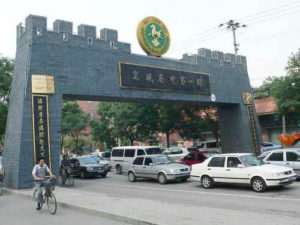
Wuyutai Tea shops
Wuyutai is a very popular tea brand in Beijing. More than 200 franchised stores sell a variety of Chinese teas, tea-flavored foods such as moon cakes and ice creams, and tea ware sets. Its jasmine tea is also a big hit among tea lovers in the city.
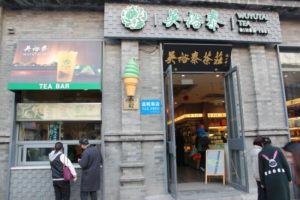
Laoshe Tea House
This tea house is a great place to visit if you are interested in watching wonderful performances by folk arts and drama celebrities while enjoying famous tea, palace snacks, and a traditional Beijing flavor state.
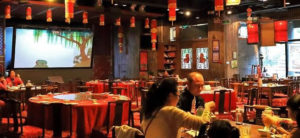
Tenfu Tea Shops
The Tenfu company has developed more than 1800 kinds of products. This traditional Chinese tea company sells products such as ooling tea, green tea, black tea, pu’ er tea, jasmine tea, as well as loose leaf tea, tea bags, tea snacks, and tea ware. Currently, it has dozens of franchised stores in Beijing. Beware that these shops are somewhat infamous for their high prices. Nevertheless, they offer high quality tea, and free tea tasting.
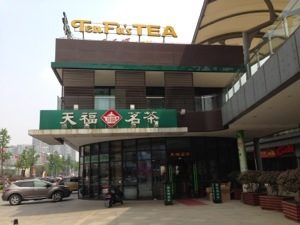
China Culture Center
The China Culture Center is a cultural education organization that aims to share (in English) with others the wonder and diversity of Chinese history and culture. The center organized various classes and private sessions designed to help you explore China’s tea culture.
The Hutong
The Hutong team runs a wide variety of programs that are designed to entertain and educate participants about Chinese culture. One tea-related event organized by The Hutong is the Maliandao Tea Tour, which will give you a comprehensive and interactive overview of Chinese tea with the help of a tea expert. The tour takes place every Sunday.
Learn more about tea:
https://www.britannica.com/topic/tea-beverage
https://www.thespruce.com/origins-of-chinese-tea-694325
http://www.china.org.cn/learning_chinese/Chinese_tea/2011-08/02/content_23122957.htm
http://www.shen-nong.com/eng/lifestyles/chinese_tea_types.html
Photos: maxlkt via Pixabay,http://www.chinawhisper.com/wp-content/uploads/2013/10/Maliandao-Tea-Street.jpg, https://www.tripadvisor.de/LocationPhotoDirectLink-g294212-d8442305-i155377542-Wuyutai_Tea_Shop_Wangfujing-Beijing.html, http://laosheteahouse.net/photo-gallery.html, http://www.ollywells.com/wujinforeigner/a-tea-shop-worth-visiting-in-china/




